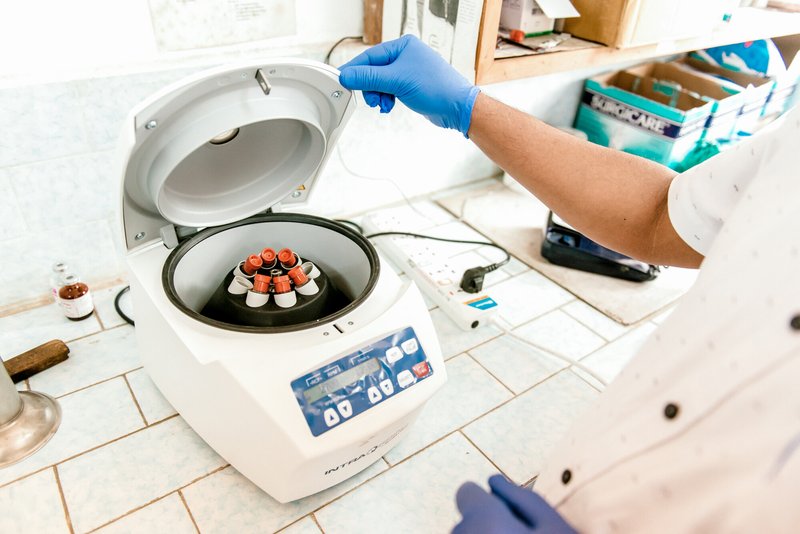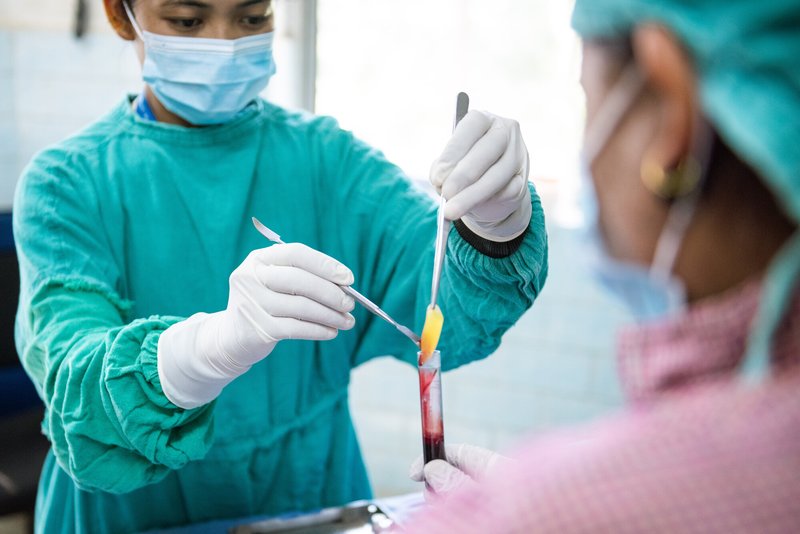L-PRF: the pioneering new treatment for ulcers bringing life-changing healing to leprosy patients
The Leprosy Mission’s Anandaban Hospital in Nepal has long been a beacon of hope and love for people suffering with the effects of leprosy.
People whose lives have been rocked by fear and rejection find a place where compassion and care abound. And, alongside this kindness, sits innovation and the discovery of medical miracles.
Dr Indra Napit, Senior Surgeon at Anandaban, has developed a revolutionary technique to treat leprosy patients suffering with ulcers that has slashed the time it takes these wounds to heal.
Ulcers are very common among leprosy patients, with around 20 per cent of people who have leprosy being at risk of developing one. Because leprosy attacks the nerves, it steals the gift of feeling in the areas affected. When you or I feel a stone in our shoe, we remove it. But for people affected by leprosy, they may not feel it damaging their skin, causing an ulcer.
After a patient has their first ulcer, it is common for ulcers to recur for the rest of the person's life. This has a long-lasting effect on not only their body, but their lives. Being away from their job for long periods of time will lead to loss of income. This means looking after their loved ones and affording to pay for food and a home becomes a daily struggle. Ulcers, if not treated successfully, can become badly infected. In severe cases, amputation is the only solution to ensure the patient’s life is saved.
The encouraging news is that there has been plenty of early success with the new treatment being used by Dr Indra and his team.

Leukocyte and Platelet Rich Fibrin (L-PRF) treatment uses blood samples taken from the patient, which is then spun in a centrifuge to separate the red and white blood cells with platelets into two layers. The white blood cells and platelets then join together to create a gel membrane, a concentration of the body’s own healing growth factors and infection-fighting agents. This precious substance is pressed into strips and applied to the affected area like a plaster.
Dr Indra says, “If left untreated, leprosy causes nerve damage. As a result, people affected by leprosy have frequent hospital stays to cure ulcers, which can take many months or even years to heal.
“But with L-PRF even the most severe ulcers could heal far quicker. This can prevent disability and even amputation.
“For us at Anandaban, there are so many benefits all round. Faster healing frees up hospital beds so we can treat more people affected by leprosy.”

It is hoped this incredible new technique will eventually be rolled out across other Leprosy Mission hospitals worldwide, meaning people can recover more quickly and won’t struggle with the impact of serious ulcers.
“There is always a huge need, and it is our calling to reach everyone possible who needs our help. L-PRF is natural, cheap and safe. It is a simple procedure that can be carried out by nursing staff and paramedics,” said Dr Indra.
From its origins in the foothills of the Himalayas, L-PRF is now part of a wider study headed up by the University of Birmingham. Funded by The National Institute for Health Research and part of the Research and Innovation for Global Health Transformation programme, this project has enormous potential. Not only for people affected by leprosy, but people affected by other common diseases that cause ulcers, like diabetes, too.